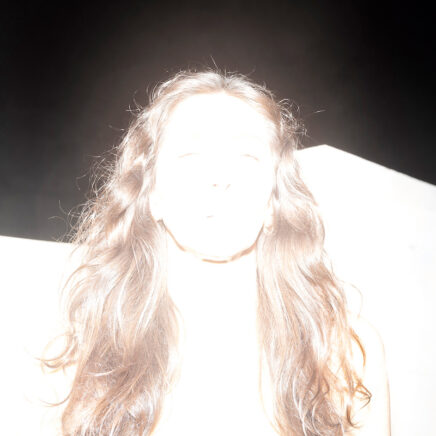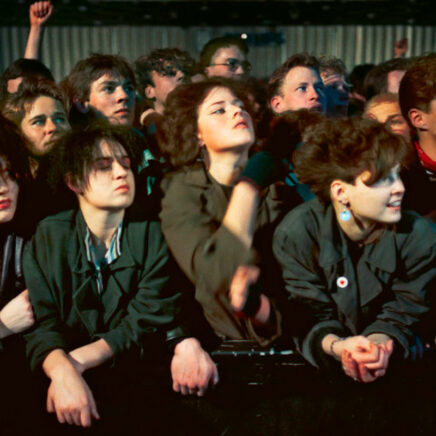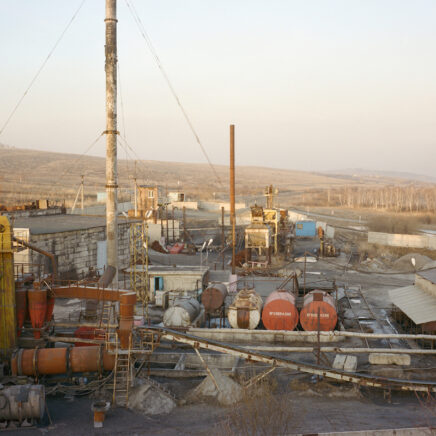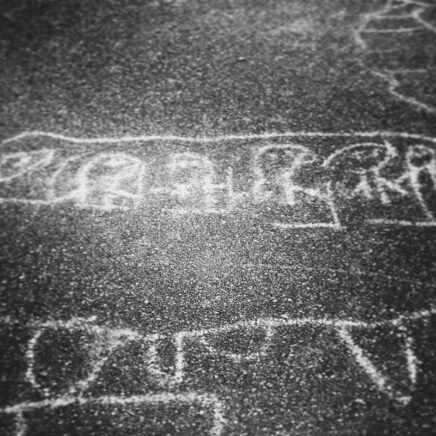
Nearest Truth Workshop Feature Efi Haliori
This begins a series of posts that examine the work of participants and instructors that have featured in the ASX/VOID workshops from 2019 and will now be used to illustrate the Nearest Truth Workshops taking place in Athens in November of 2021. Nearest Truth is a podcast devoted to photography and culture at […]










